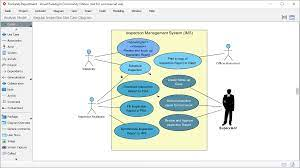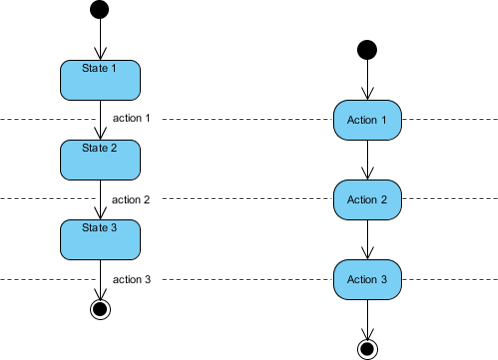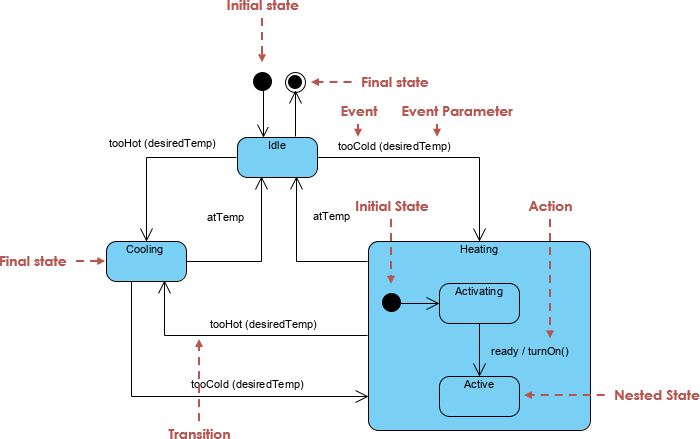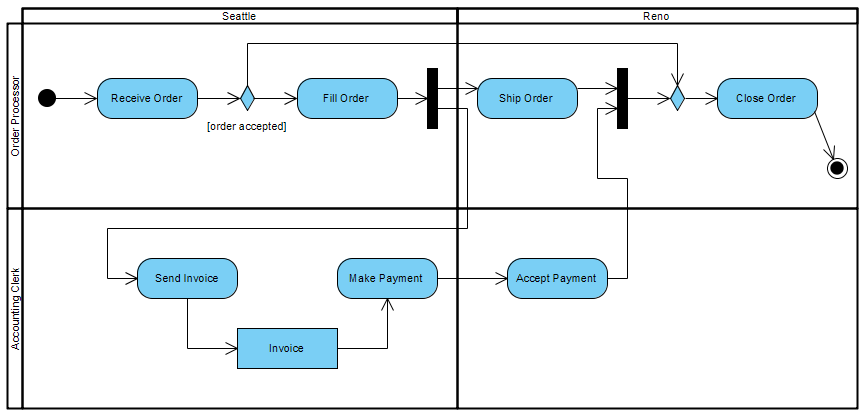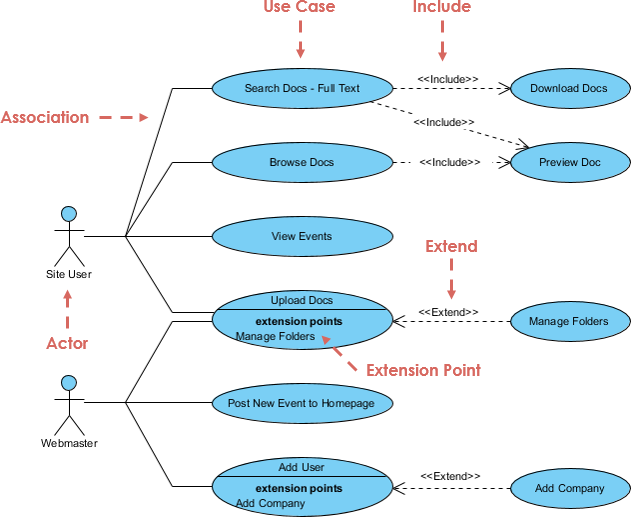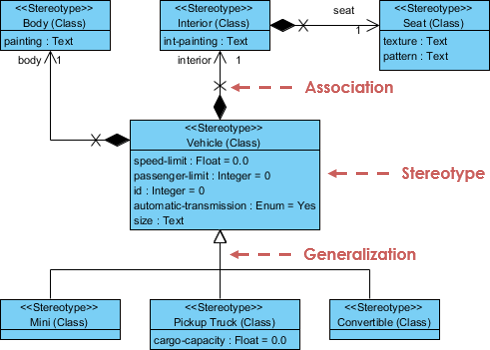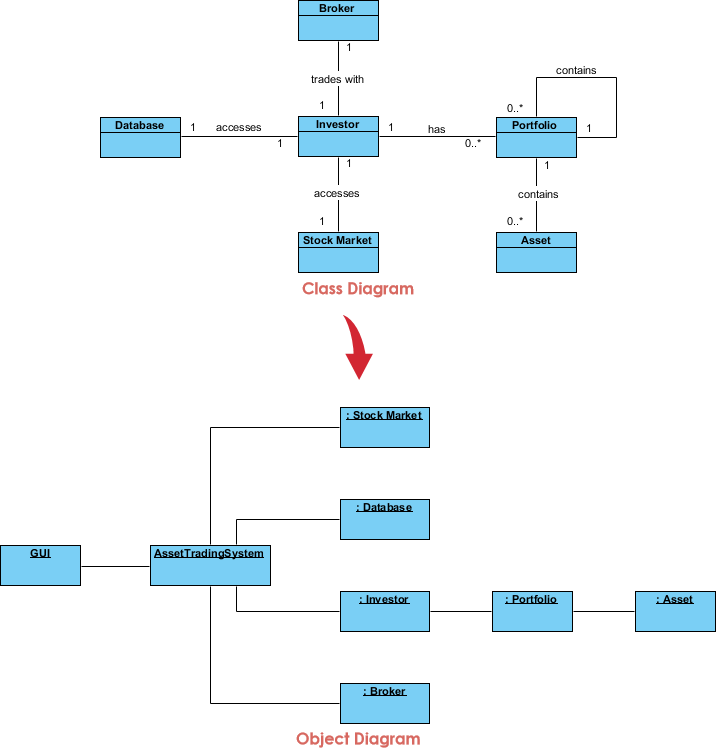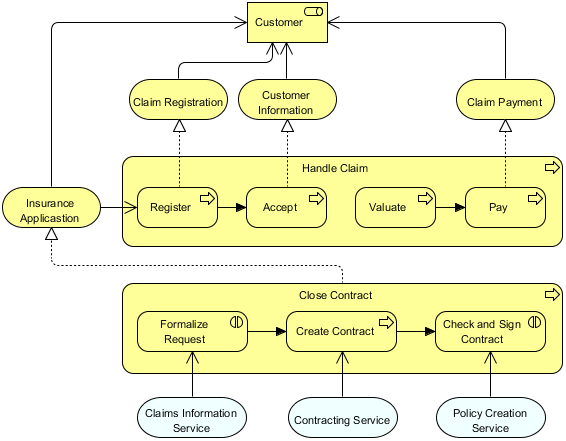Home » Archives for September 2023 » Page 11
-
Posted on September 14, 2023
-
/Under UML
Introduction In the realm of software development, the journey from concept to fully functional application is a complex and multifaceted process. A crucial aspect of this journey is the art of translating high-level requirements into detailed, actionable designs. Unified Modeling Language (UML) diagrams serve as invaluable tools for developers and stakeholders alike, enabling a comprehensive understanding of a system's architecture and behavior. In this article, we embark on a guided tour of the software development process by immersing ourselves in a real-world case study: the creation of an Online Shopping System. Through the…
continue reading →
-
Posted on September 14, 2023
-
/Under UML
Introduction In the realm of software engineering and system design, effective communication and visualization of a system's behavior are paramount. This is where Unified Modeling Language (UML) diagrams come into play, offering various tools to represent different facets of a system's dynamics. Among these, state diagrams and activity diagrams stand out, each serving distinct purposes and providing unique insights into a system's behavior. In this article, we delve into the world of state diagrams and activity diagrams, aiming to demystify their characteristics, use cases, advantages, and disadvantages. By understanding the key differences between…
continue reading →
-
Posted on September 13, 2023
-
/Under UML
What is a State Diagram? A state diagram is a graphical representation of the various states that an object or system can be in and the transitions between those states in response to events or conditions. It provides a high-level view of the system's behavior over time. A state diagram in UML (Unified Modeling Language) is a graphical representation of the various states that an object or system can be in and the transitions between those states in response to events or conditions. State diagrams are used to model the behavior of objects…
continue reading →
-
Posted on September 13, 2023
-
/Under UML
Introduction In today's dynamic and interconnected business landscape, efficient and effective processes are the lifeblood of organizational success. Yet, as businesses grow and evolve, their processes often become increasingly complex, involving multiple departments, teams, and individuals. It is in this intricate web of activities that Swimlane Activity Diagrams emerge as indispensable tools for clarity, collaboration, and optimization. In this guide, we will explore the world of Swimlane Activity Diagrams, shedding light on their purpose, construction, and when and how to utilize them. Whether you're a seasoned process analyst or a newcomer seeking to…
continue reading →
Introduction: In the realm of system design and software development, creating a comprehensive blueprint is essential to ensure the seamless functionality of complex applications. Use cases, pivotal in this process, serve as building blocks that define user-system interactions. However, understanding not only what use cases are but also how they interconnect is equally critical. This article delves into the intricate relationships that weave the fabric of use cases, shedding light on their purpose, types, and practical implications. The Relationship Types of Use Cases Use cases, in the context of Unified Modeling Language (UML),…
continue reading →
-
Posted on September 13, 2023
-
/Under UML
Introduction The Unified Modeling Language (UML) serves as a versatile and standardized modeling language, invaluable for specifying, visualizing, constructing, and documenting a broad spectrum of system-intensive processes. Its architecture-centric, use case-driven, object-oriented, and component-based approach makes it a prominent choice across various domains and methodologies. Nevertheless, despite its comprehensiveness, there are instances when you may find it necessary to adapt or extend UML to better suit your specific problem domain and facilitate effective communication. This is precisely where the UML extensibility mechanisms come into play. Unveiling the Three UML Extensibility Mechanisms The UML…
continue reading →
Unified Modeling Language (UML) is a powerful tool used by software engineers and designers to visualize, document, and communicate the various aspects of a software system. UML offers a wide range of diagram types, each designed to represent specific aspects of a system's architecture and behavior. Among these, the Profile Diagram stands out as a specialized diagram that allows users to extend UML to meet their specific modeling needs. In this article, we will delve into the world of Profile Diagrams in UML, exploring their purpose, elements, and how they can enhance the…
continue reading →
Introduction Unified Modeling Language (UML) provides a powerful framework for visualizing and designing software systems. Among the various types of UML diagrams, class diagrams and object diagrams play essential roles in modeling different aspects of a software system. In this article, we will explore the distinctions between these two diagram types, when to use each, and how they contribute to the overall understanding of a software system's structure and behavior. Whether you are a software developer, architect, or simply interested in software design, this guide will help you grasp the nuances of class…
continue reading →
Introduction Unified Modeling Language (UML) provides a powerful set of tools for modeling various aspects of a system or software application. However, deciding which UML diagram to use can be challenging, as different diagrams serve different purposes. In this guide, we will explore three key UML diagram types: State Diagrams, Sequence Diagrams, and Activity Diagrams. We will help you understand when and why to use each type, providing clarity on their specific use cases and advantages. State Diagrams focus on modeling the states and state transitions of an object or system. Sequence Diagrams…
continue reading →
Introduction ArchiMate viewpoints are a critical concept within the ArchiMate modeling language, which is designed to help organizations describe, analyze, and visualize their enterprise architecture. Viewpoints in ArchiMate provide a way to focus on specific aspects or concerns of the architecture, making it easier to communicate complex information to different stakeholders. Here's a more detailed explanation of ArchiMate viewpoints and how to use them: What Are ArchiMate Viewpoints? ArchiMate viewpoints are essentially predefined perspectives or templates for creating architectural models. Each viewpoint is tailored to address specific concerns, interests, or goals of different…
continue reading →

